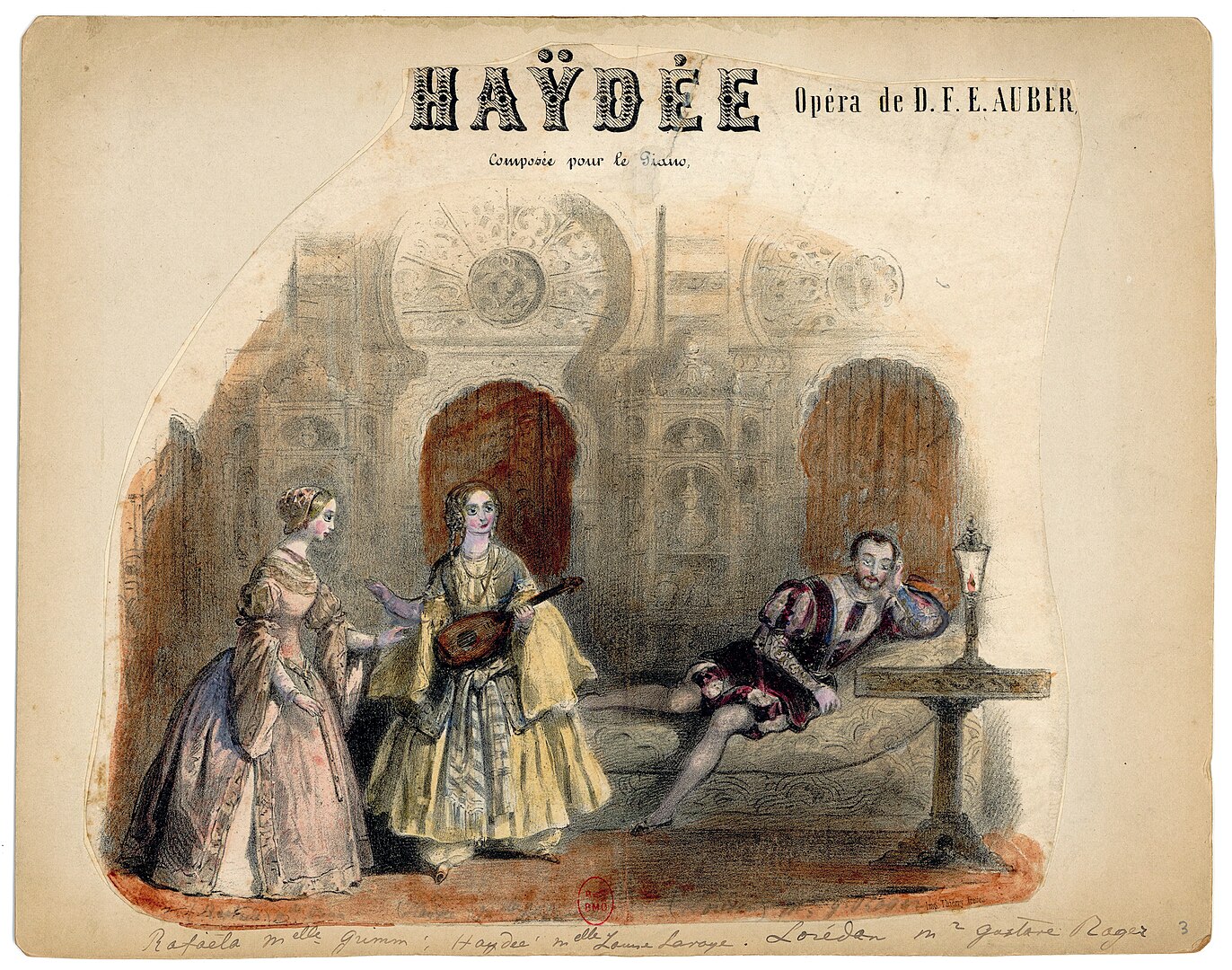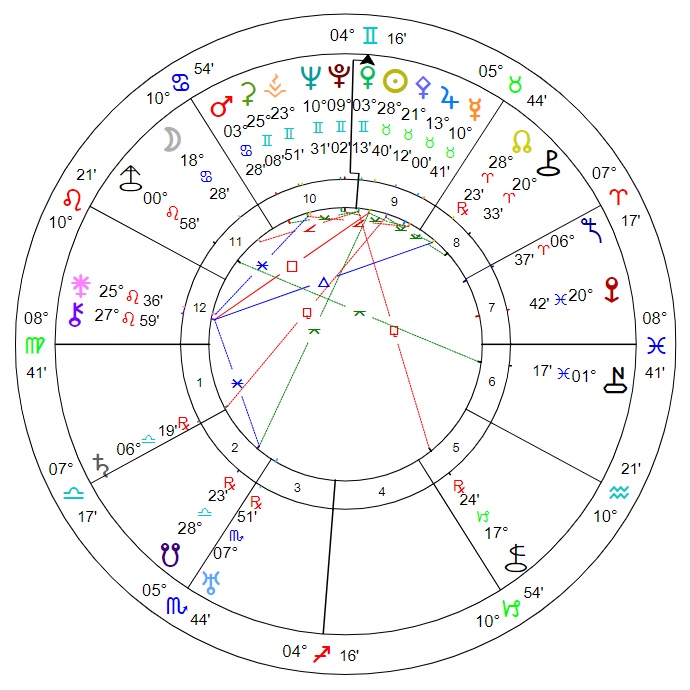Basics
Class: D-type asteroid
Location: Outer main belt
Orbit length (approx): 5.39 years
Discovered: 19th May 1893 (time unknown), from Nice, France, by Auguste Charlois
Notes: Mean radius of approximately 69.6km. The Tagish Lake meteorite, which fell on 18th January 2000, is believed to derive from this asteroid.
Events at time of discovery:
- May 9 – Edison’s 1.5-inch system of Kinetoscope is first demonstrated in public, at the Brooklyn Institute.
- May 16 – Birth of Clement Martyn Doke, South African linguist
- May 23 – Gandhi arrives in South Africa, where he will live until 1914, lead non-violent protests on behalf of Indian immigrants in the South African Republic (Transvaal), and develop a deeper experience of such activities.
- May 25 – Birth of Ernest Stoneman, American country music artist
Naming information
Name origin: Unknown. There is a 19th century comic opera, Haydée, featuring the titular character as a slave girl who is really a princess and ultimately marries her beloved. A Haidee was also associated with the fictional libertine Don Juan, and a Haydée appears in The Count of Monte Cristo by Dumas père (as another slave who eventually marries her love, the titular Count).
 |
| 1848 illustration by Victor Coindre for Daniel Auber’s opera Haydée. |
Astrological data
Discovery degree: 2+ Sagittarius
Discovery Sabian: Two Men Playing Chess
Discovery nodal signature: Scorpio–Taurus
Estimated orbital resonances: Earth 3:16, Mars 2:5, Ceres 6:7, Jupiter 11:5, Saturn 11:2, Chiron 19:2
Discovery chart details: Noon chart. Haidea semi-square Chariklo. Chiron trine the North Node; Pallas sesquiquadrate Saturn, Saturn opposite Sedna, Ceres sextile Juno, Pallas semi-square Sedna and sextile Eris. Stellia in Taurus-Gemini. Not a huge number of aspects under one degree.
Summary
May signify learning from or overcoming obstacles, attaining fame or influence, applied wisdom, adventure, controlled emotional responses (or use of emotion as a power source).
 |
| Noon discovery chart for (368) Haidea: 19th May 1893, Nice, France. The asteroid is not depicted. |
